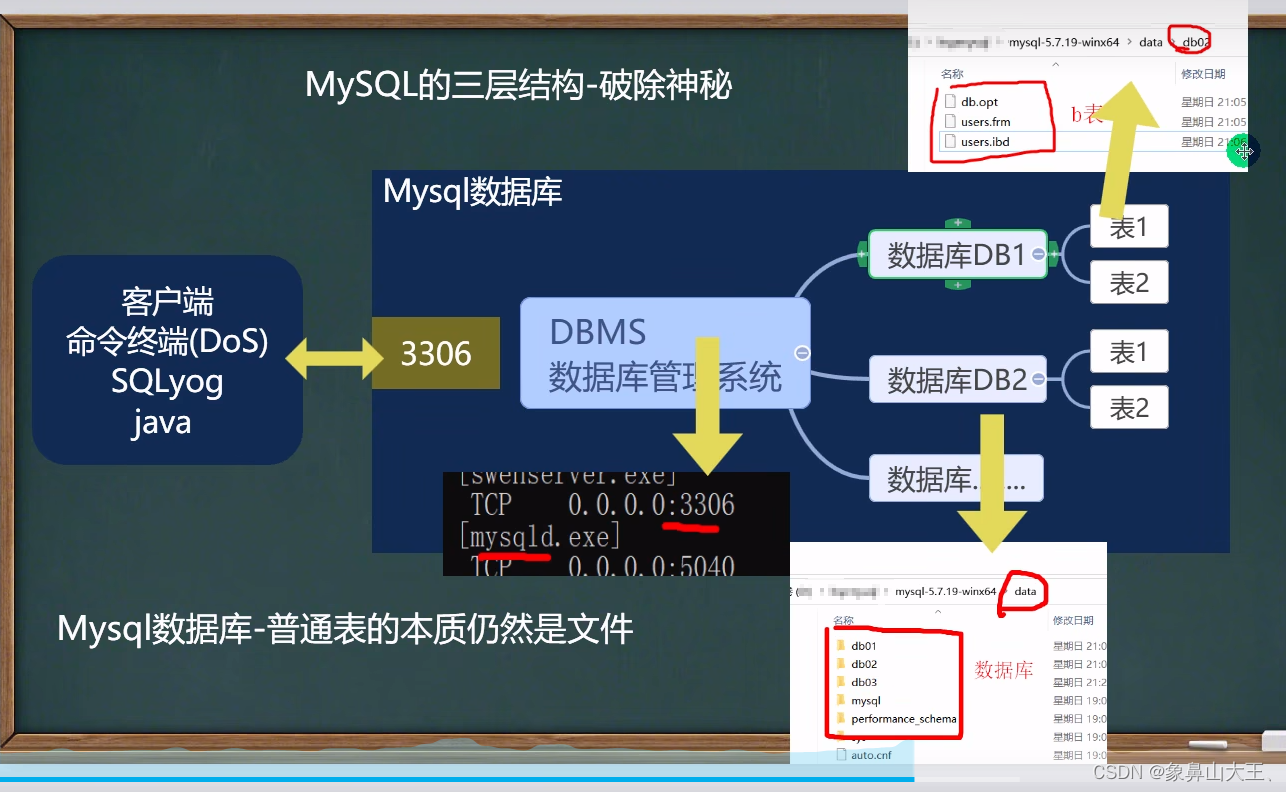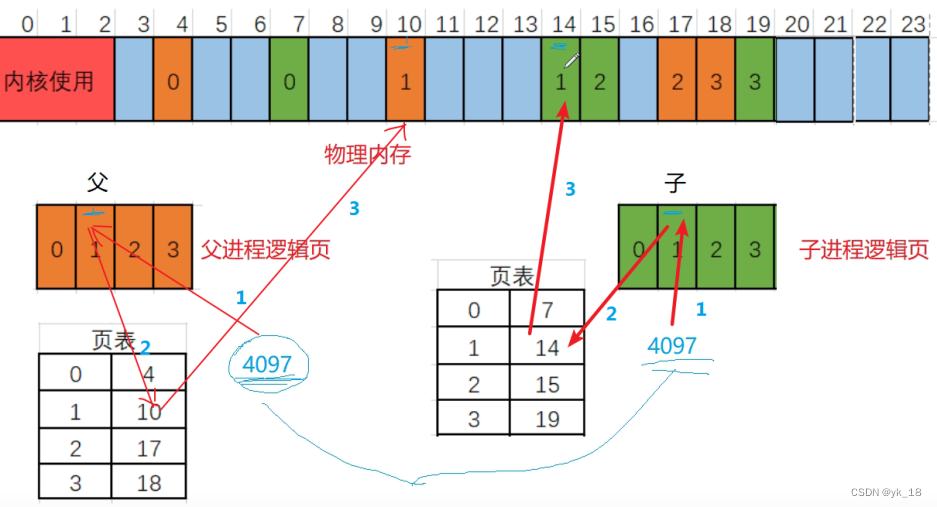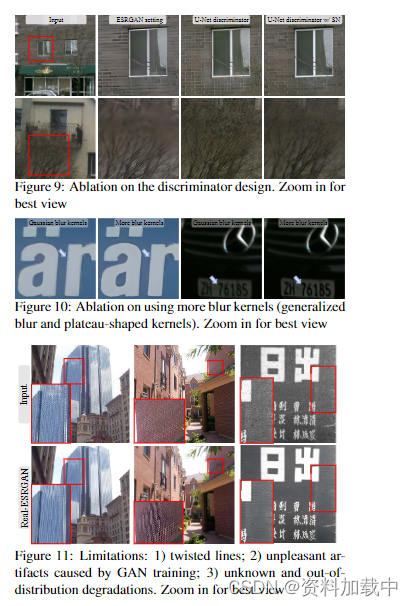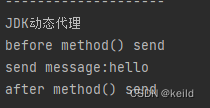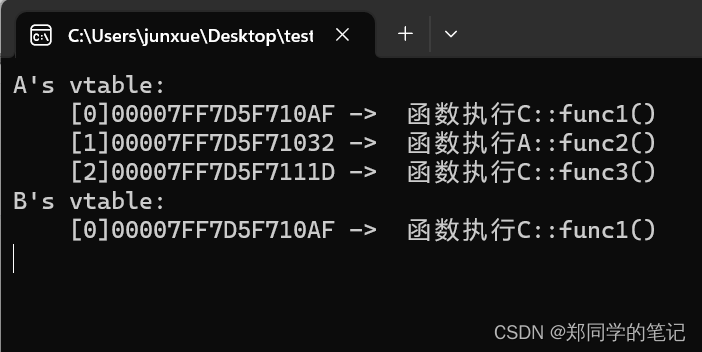实现代码:
#include <stdio.h>
#define GET_TYPE_SIZE(TYPE) ((char *)(&TYPE + 1) - (char *) & TYPE)
int main(void)
{
char a = 'a';
short b = 0;
int c = 0;
long d = 0;
long long e = 0;
float f = 0.0;
double g = 0.0;
long double h = 0.0;
char* i = NULL;
printf("char %lld \r\n", GET_TYPE_SIZE(a));
printf("short %lld \r\n", GET_TYPE_SIZE(b));
printf("int %lld \r\n", GET_TYPE_SIZE(c));
printf("long %lld \r\n", GET_TYPE_SIZE(d));
printf("long long %lld \r\n", GET_TYPE_SIZE(e));
printf("float %lld \r\n", GET_TYPE_SIZE(f));
printf("double %lld \r\n", GET_TYPE_SIZE(g));
printf("long double %lld \r\n", GET_TYPE_SIZE(h));
printf("char* %lld \r\n", GET_TYPE_SIZE(i));
return 0;
}
输出:
- 运行环境:Visual Studio 2022 ×64
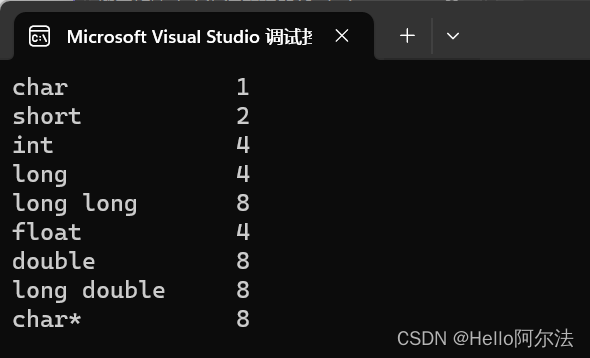
原理:(char *)&TYPE 返回 TYPE 第一个字节的地址,(char *)(&TYPE + 1) 返回 TYPE 的下一个同数据类型的第一个字节的地址,它们之差即为该数据类型所占的字节数。









